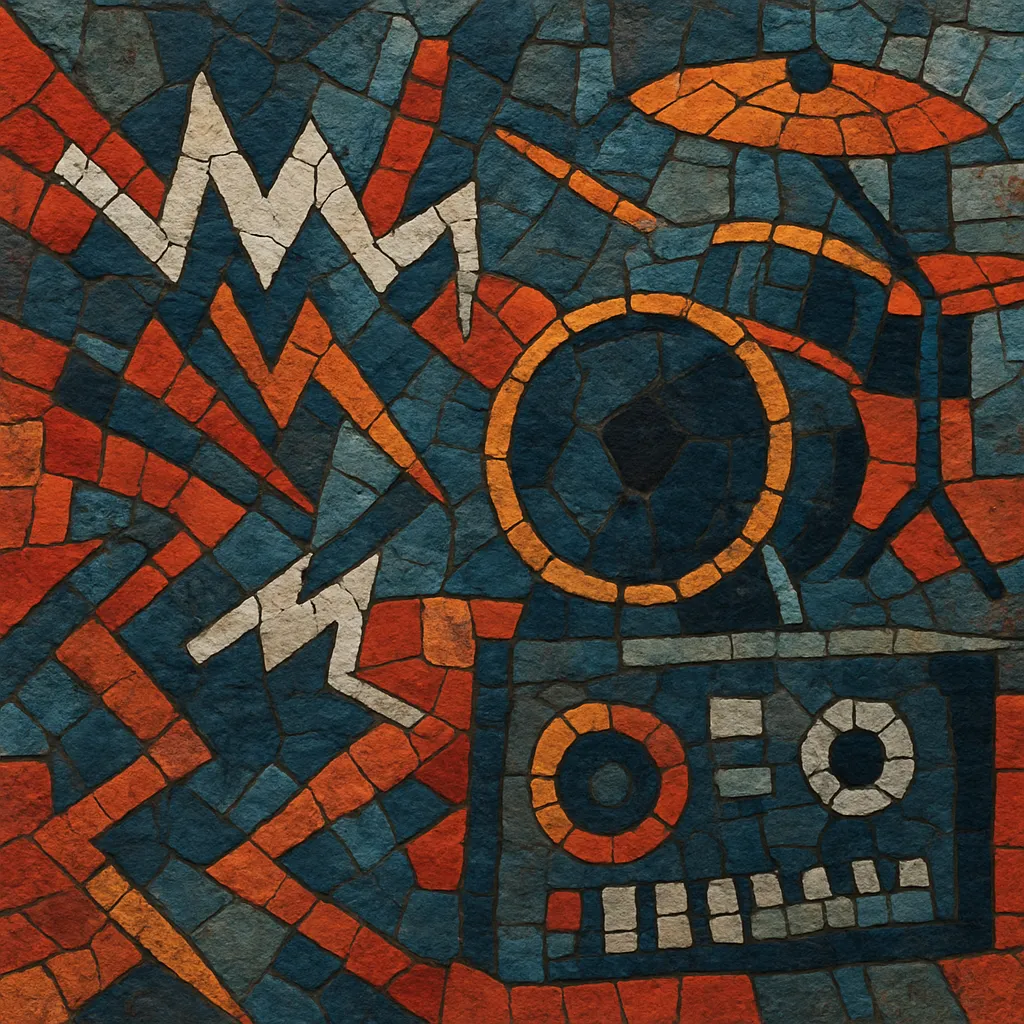Drill and bass is a hyperkinetic, experimental offshoot of drum and bass that pushes breakbeat programming to virtuosic extremes. It retains jungle and drum and bass tempos and break sources but treats them as malleable material: chopped into millisecond slices, re-sequenced into labyrinthine patterns, and processed with time-stretching, pitch-shifting, and digital artifacts.
Emerging in the UK in the mid-to-late 1990s, the style overlaps with IDM in its producer-forward, studio-as-instrument mindset. Rapid, dazzling drum edits, elastic bass lines (often acidic or Reece-like), and sudden left turns in texture or meter are hallmarks. Rather than dancefloor functionality, drill and bass prioritizes audacious programming, restless variation, and an often playful, zany sense of sonic mischief.
Drill and bass took shape in the United Kingdom during the mid-1990s as an experimental response to jungle and early drum and bass. Producers associated with IDM labels (notably Rephlex, Warp, and later Planet Mu) applied avant-garde editing and DSP to classic breaks, pushing rhythmic density and unpredictability far beyond club norms.
Seminal releases include AFX (Aphex Twin)’s "Hangable Auto Bulb" (1995), Plug (Luke Vibert)’s "Drum 'n' Bass for Papa" (1996), µ-Ziq’s "Lunatic Harness" (1997), and Squarepusher’s "Hard Normal Daddy" (1997) and "Go Plastic" (2001). These records codified the genre’s traits: micro-sliced Amen/Think breaks, breakneck fills and rolls, rubbery or acidic bass, and abrupt, often humorous structural feints.
The style borrowed jungle’s source material and tempo (roughly 160–180+ BPM) but remapped it through IDM’s lens: extreme quantization shifts, micro-edits, buffer repeats, and pitch/time experimentation became central. Jazz fusion vocabulary and virtuoso bass playing (most famously by Squarepusher) intertwined with rave-era sound design, setting drill and bass apart from straighter, dancefloor-focused drum and bass strains.
By the early 2000s, drill and bass’s maximalist edit culture helped pave the way for breakcore’s ferocity and for an IDM lineage of glitch-oriented beat design. Its ethos—precision slicing, creative destruction of breaks, and fearless structural play—echoes in later experimental drum programming across breakcore, glitch, glitch hop, and detail-obsessed drumfunk.


